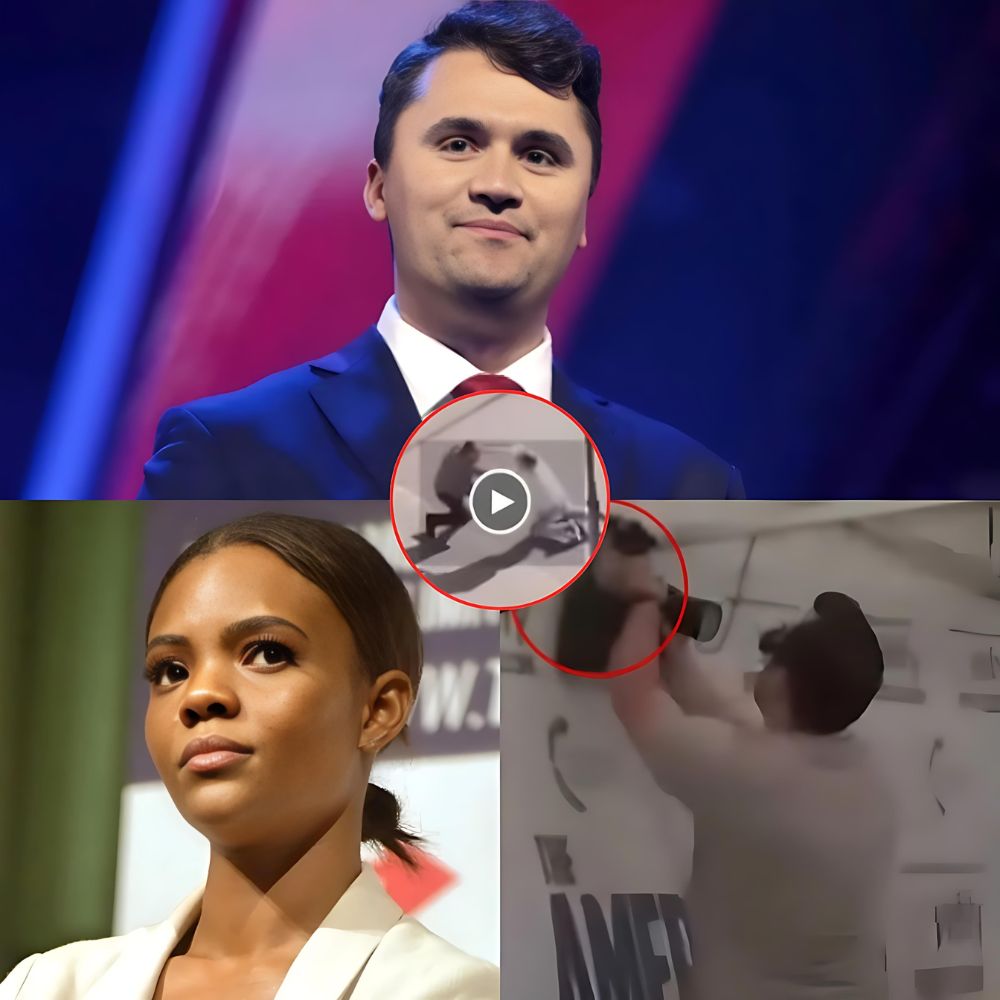Candace Owens Breaks the Internet: New Video Sheds Light on Charlie Kirk Shot Angle

In a digital landscape where information spreads like wildfire, a recent video featuring conservative commentator Candace Owens has ignited a firestorm of discussion and debate.
With over 160,000 views and counting, Owens’ bold claims regarding the Charlie Kirk case are not only captivating audiences but also raising critical questions about the narrative surrounding this controversial incident.
In this article, we delve into the details of Owens’ assertions, the implications of the newly released footage, and what this means for the ongoing discourse in American politics.
The Context: Who is Charlie Kirk?
Before diving into the video, it’s essential to understand the context surrounding Charlie Kirk. As the founder of Turning Point USA, a prominent conservative organization, Kirk has been a polarizing figure in American politics.
His outspoken views on various social and political issues have garnered both fervent supporters and staunch critics. The recent incident involving Kirk has added another layer of complexity to his public persona, making Owens’ commentary all the more significant.
The Video That Shook the Internet
Owens’ video, titled “Candace Owens BREAKS Internet! New CLEAR Video Proves Charlie Kirk Shot Angle,” presents high-quality footage that purportedly clarifies the angle from which the shot in question was fired.
This new evidence has the potential to reshape the narrative surrounding the incident, as Owens argues that it offers a clearer understanding of what transpired.
In her video, Owens passionately claims that the footage reveals crucial details that mainstream media outlets have either overlooked or intentionally ignored.
She emphasizes the importance of sharing this information widely, urging viewers to help disseminate the video to ensure that the truth is uncovered.
This call to action reflects a broader trend in contemporary media, where individuals are encouraged to take an active role in shaping the narrative.
Analyzing Owens’ Claims
Owens’ assertions are bold and provocative, and they warrant careful examination. She argues that the new footage provides definitive proof of the shot’s origin, challenging previous accounts that may have misrepresented the situation.
By presenting this evidence, Owens aims to position herself as a truth-seeker in a landscape often filled with misinformation and bias.
However, it’s crucial to approach such claims with a critical eye. While the video may indeed offer new insights, the interpretation of evidence is often subjective.
The framing of the footage, the context in which it was recorded, and the motivations behind its release all play significant roles in how it is perceived. As viewers, we must remain vigilant and consider multiple perspectives before arriving at conclusions.
The Role of Social Media in Modern Discourse
Owens’ video is a prime example of how social media platforms can amplify voices and narratives that might otherwise go unheard.
In an era where traditional media often faces scrutiny for perceived biases, alternative platforms provide individuals with the opportunity to present their viewpoints directly to the public.
This democratization of information dissemination can be empowering, but it also raises questions about accountability and the veracity of claims made in the digital sphere.
The rapid spread of Owens’ video highlights the power of social media in shaping public opinion. As viewers share and discuss the content, it becomes part of a larger conversation that transcends geographical and ideological boundaries.
This phenomenon underscores the importance of media literacy in today’s information age, as individuals must navigate a complex landscape filled with competing narratives.
Implications for the Political Landscape
The implications of Owens’ video extend beyond the immediate context of the Charlie Kirk incident. As political polarization continues to deepen in the United States, the release of such content can exacerbate divisions among different ideological groups.
Supporters of Owens may rally around her claims, viewing her as a champion of truth, while critics may dismiss her assertions as sensationalism.
This dynamic is emblematic of a broader trend in American politics, where narratives are often constructed and deconstructed based on partisan lines.
The challenge lies in fostering constructive dialogue that transcends these divisions, allowing for a more nuanced understanding of complex issues.
Conclusion: The Search for Truth
As the debate surrounding the Charlie Kirk incident continues to unfold, Candace Owens’ video serves as a reminder of the power of media in shaping public perception.
Whether one agrees with her conclusions or not, the discourse generated by her claims is indicative of a larger struggle for truth in an increasingly fragmented information landscape.
In the coming weeks, it will be crucial to monitor how this narrative evolves and the impact it has on both public opinion and the political landscape. As citizens, we must remain engaged and informed, striving for a deeper understanding of the issues that shape our world.
The quest for truth may be challenging, but it is a pursuit that is essential for the health of our democracy.
In summary, while Owens’ video may break the internet, it also opens the door to critical discussions about media, truth, and the future of political discourse in America. The stakes are high, and the conversation is just beginning.